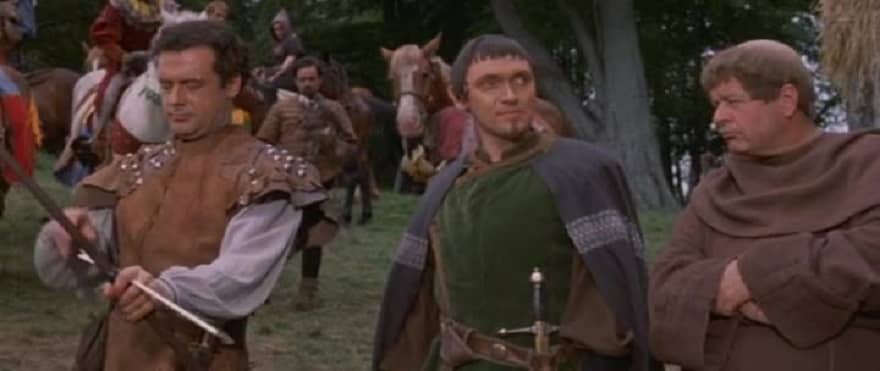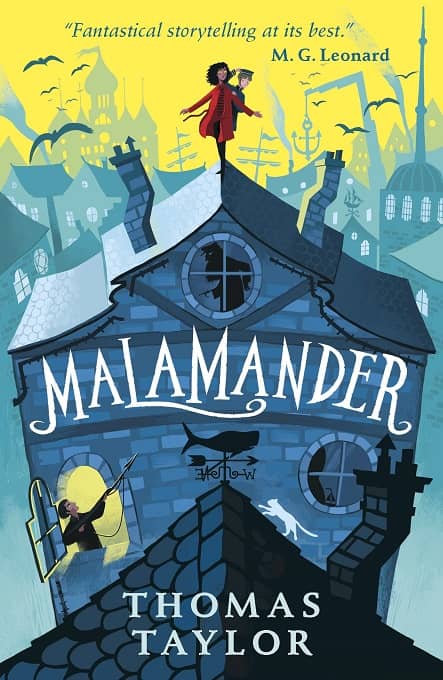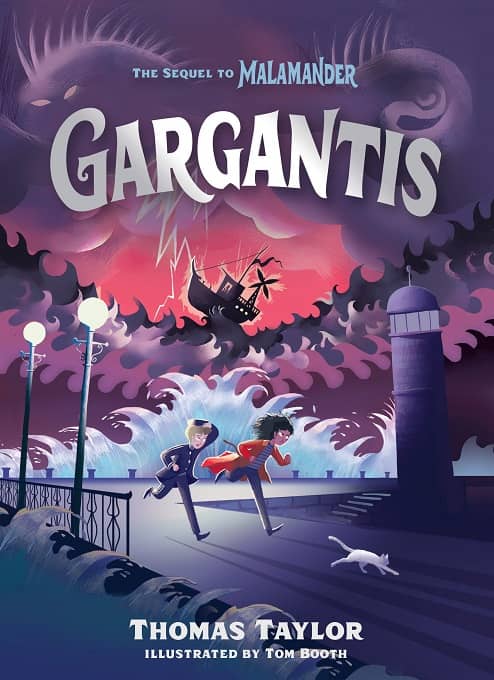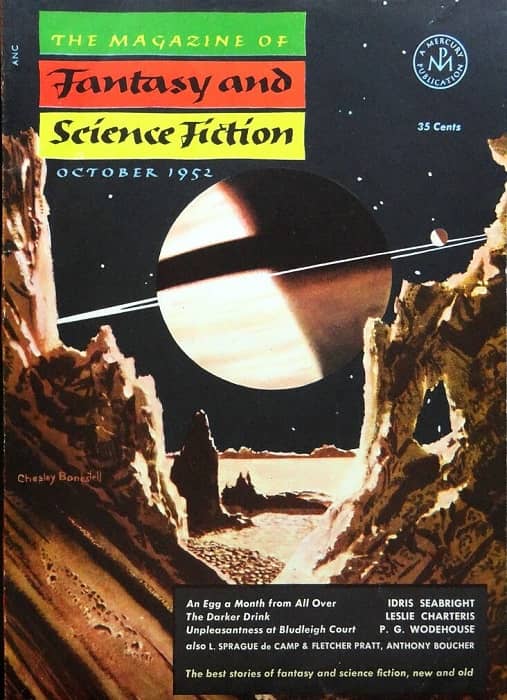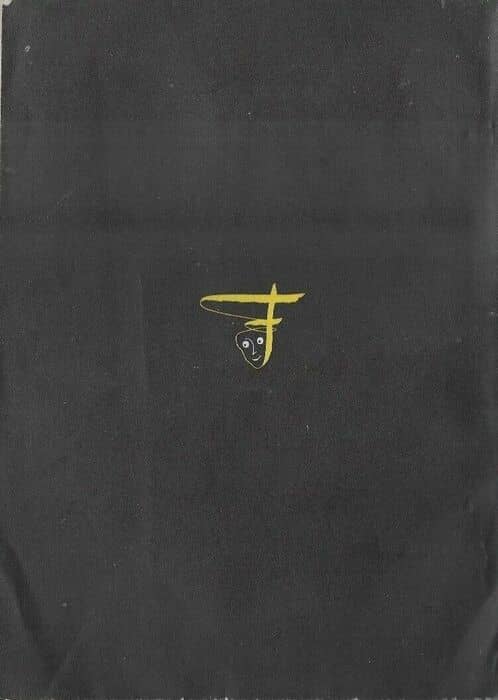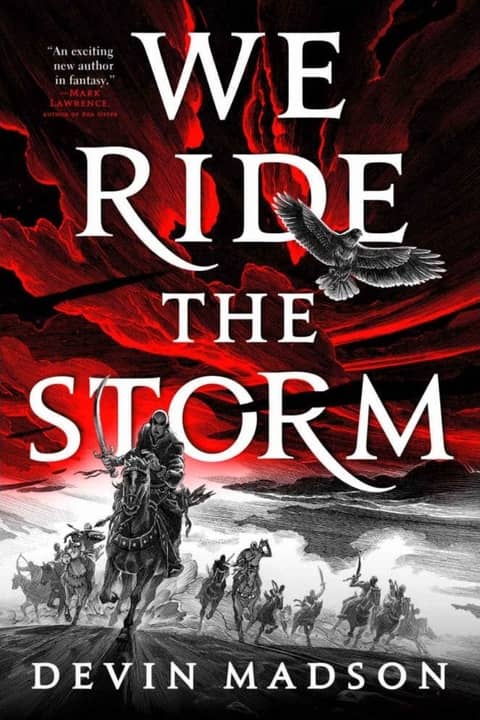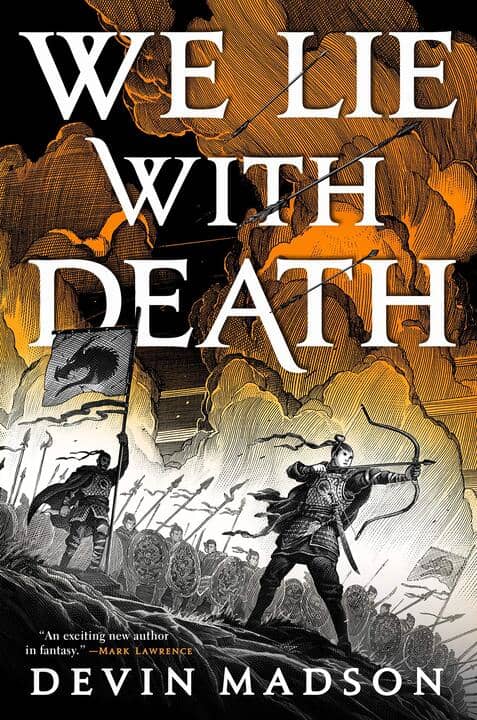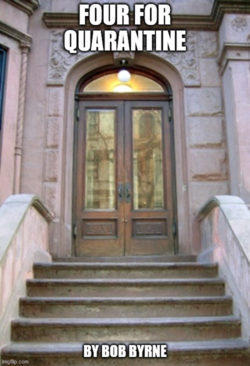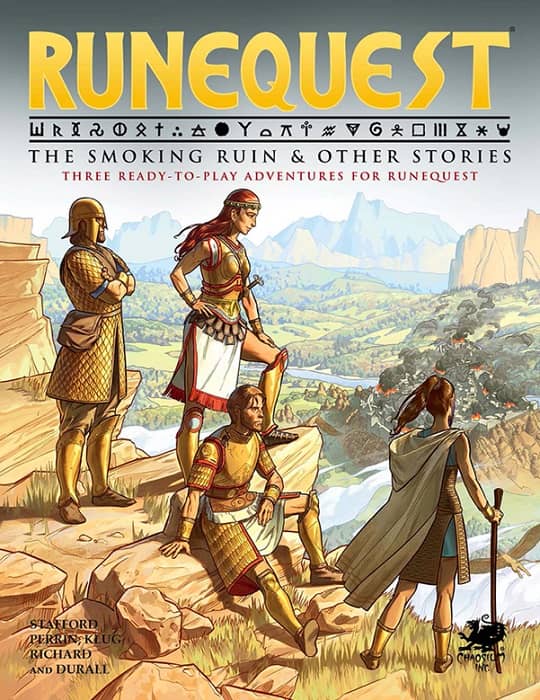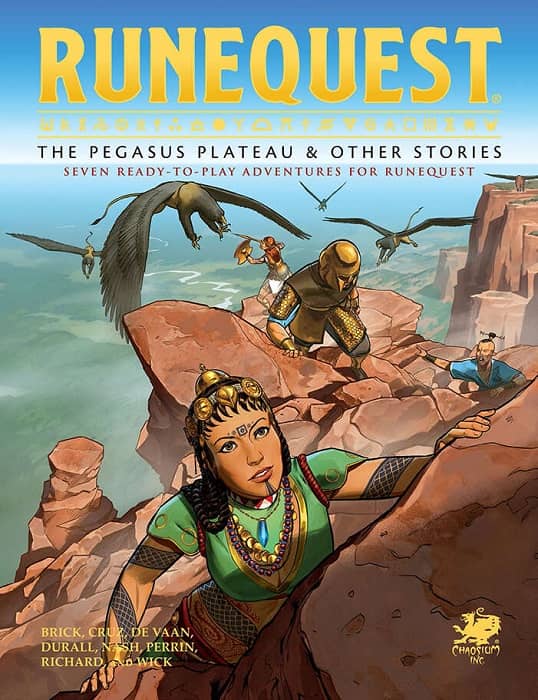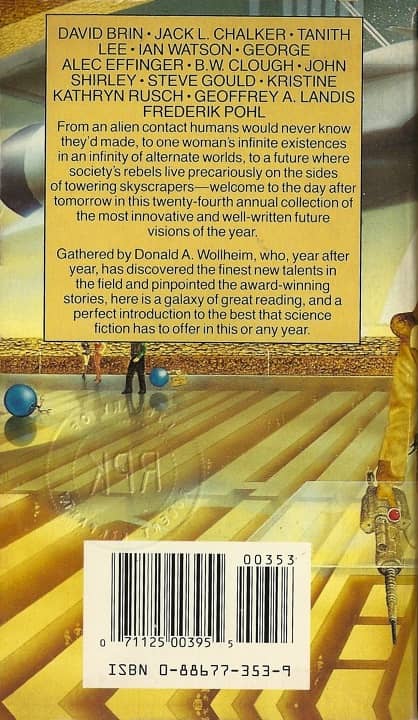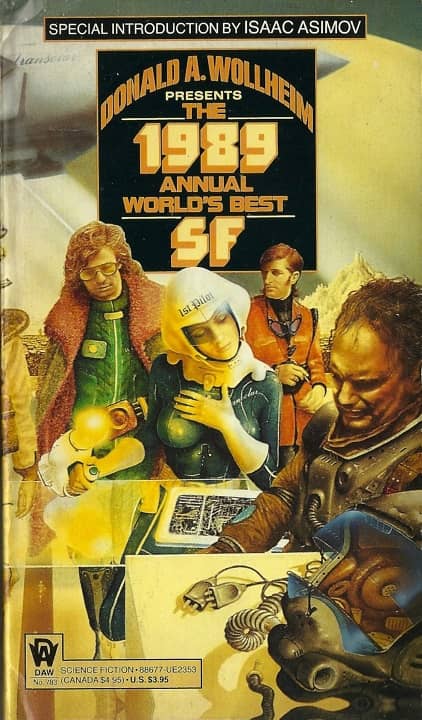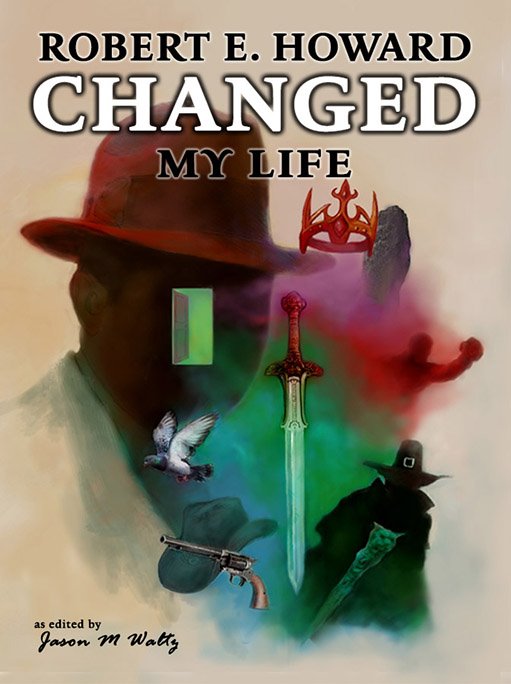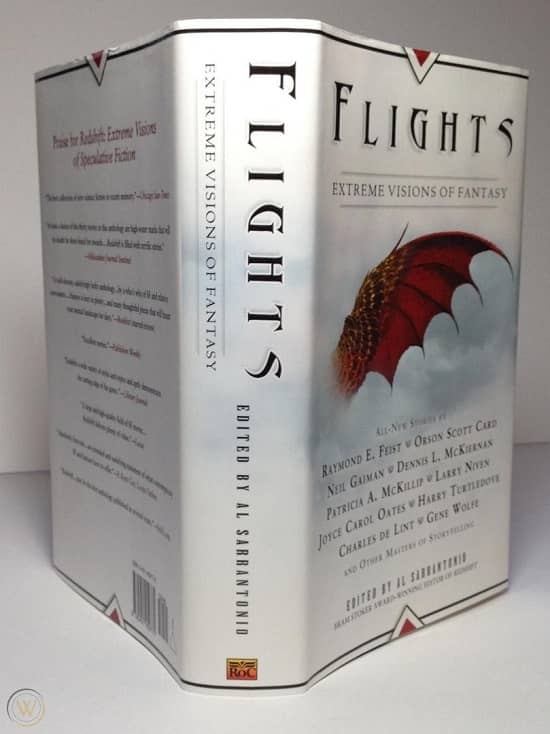Ellsworth’s Cinema of Swords: Hammer Horror Historicals!
Sword of Sherwood Forest (1960)
Hammer Films was a London studio founded in 1934, but it didn’t really make much of a mark until the mid-Fifties, when they hit their stride with a revival of the Gothic horror genre. With dependable leads in Peter Cushing, Christopher Lee, and (later) Oliver Reed, they just about owned the horror category from 1955 through 1965 but were successful enough to branch out into other genres as well, including historical swashbucklers, all with that distinctive Hammer look and feel. Let’s take a look at how they did with outlaw rogues, pirates, cavaliers, and roundheads. Batten down the hatches, it’s Christopher Lee in an eyepatch, swabs!
Sword of Sherwood Forest
Rating: ****
Origin: U.K., 1960
Director: Terence Fisher
Source: Columbia Pictures DVD
For a low-budget movie made by a small studio just establishing its style — the U.K.’s Hammer Films — this is quite good. The marquee draw is Richard Greene as Robin Hood, coming off his four-season star turn in the same role on the popular Adventures of… TV show; at the time, starring in a feature film, even a modest one, carried far more prestige than even a hit television series, so in some ways this movie is the capstone of Greene’s career. However, this is a standalone Robin Hood movie whose story is unconnected with the show, and none of the other TV cast members appear in it — which is a bit of a shame, because their replacements in the corresponding parts aren’t always better. There’s one conspicuous exception: Hammer stalwart Peter Cushing plays the Sheriff of Nottingham, and his cold, blue stare brings a menace to the role never seen in the TV show. Indeed, the tone of this production is two shades darker than that of the series, grimmer and with higher stakes.
